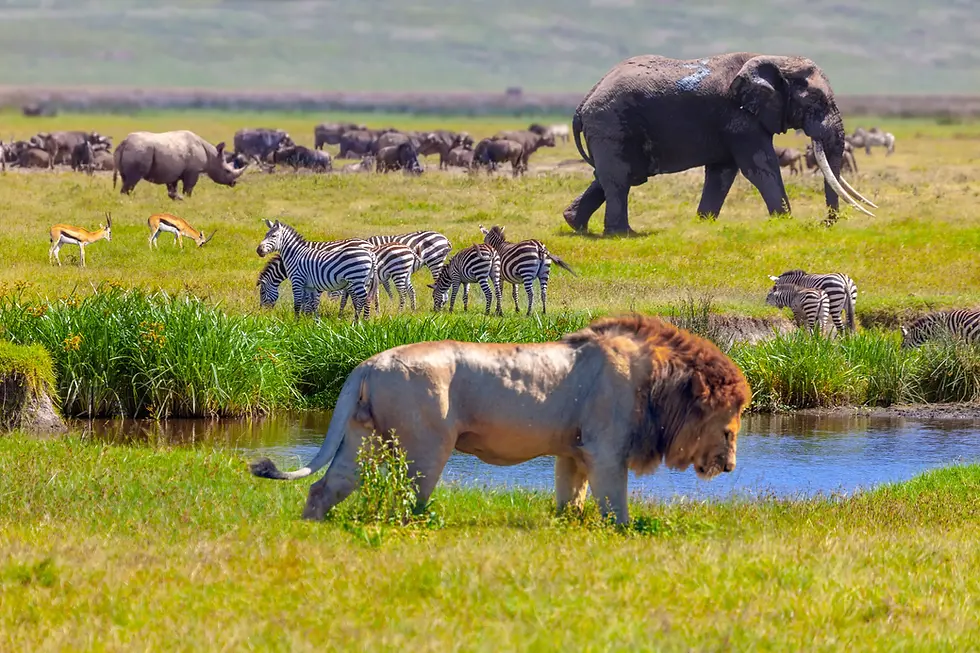A Rerun of the Renewables
- Sampurna Chakravorty
- May 26
- 2 min read
Since 2019, fossil fuels have been on the decline in favour of renewable energy sources. Solar power is on the fastest rise. Two kids, photovoltaic and concentrated solar power panels are both efficient and lowering in cost. Wind energy is effective, especially in countries that have the available infrastructure, as it is more technically complex. Its drawback is intermittency since it depends on the weather and needs to be better integrated into a country’s power grid. On the other hand, hydropower does not need many adjustments to fit into a power grid. They do need to be constructed with ecosystems and people in mind who may be disrupted and displaced by the dam. Bioenergy is derived from vegetables, algae, and organic waste, also known as biomass. This source of energy is great for developing rural areas, as biomass is more readily available. Geothermal also has significant environmental benefits, but like wind, it is intermittent and depends on places with high geothermal activity. Lastly, hydrogen power is also a great alternative, but may be extremely costly to implement in comparison to the other renewables.
The challenges of implementing renewable energy sources remain the lack of focus given to them over fossil fuels. While the public may be moving towards renewables, the government is still hesitant to offer loans or subsidies to renewable energy companies. There is also a lack of policies that regulate and address renewables directly. If there is any solution to the climate crisis, renewable energy has to be part of it. Going forward, governments will need to acknowledge it, even if it is part of a hybrid renewable and nonrenewable energy system; the more we look to renewable sources, the better for ourselves and our planet.
Sources:




Comments